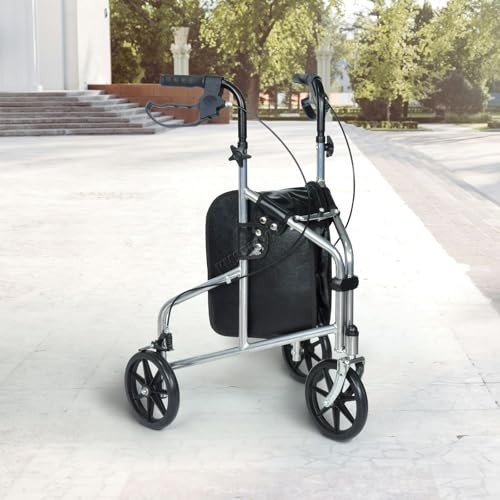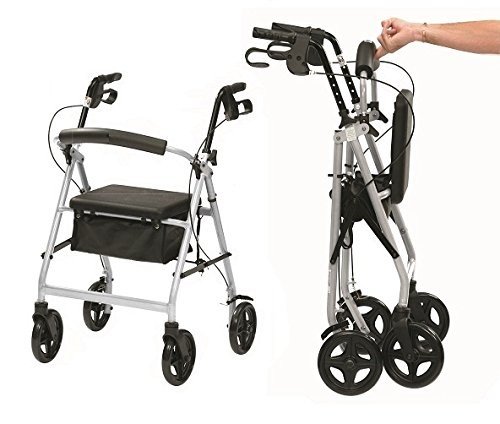Rollators are mobility aids created to enhance the independence and safety of individuals with mobility challenges. Unlike standard walkers, rollators are geared up with wheels, a seat, and typically a storage pouch, enabling users to move with greater ease and convenience. This post provides an extensive guide on how to use a rollator successfully and securely, making sure a smoother and more enjoyable walking experience.

A rollator is a wheeled walking aid. It typically has:

There are different kinds of rollators, developed to satisfy the needs of different users:
| Type | Description | Best for |
|---|---|---|
| 3-Wheel Rollator | Lighter and more compact, perfect for indoor use | Browsing tight spaces |
| 4-Wheel Rollator | Deals stability and a bigger seat, suitable for outdoor use | Longer walks and much heavier use |
| Heavy-Duty Rollator | Developed to support more weight with extra robust features | Users needing additional assistance |
| Pediatric Rollator | Smaller in size, adjusted for kids | Kids with mobility constraints |
Utilizing a rollator correctly is vital to make sure safety and optimize the benefits it provides. Here's a step-by-step guide:
Before utilizing the rollator, it is necessary to adjust the handlebars to the proper height.
Understanding the components of the rollator will help boost its usability.
Constantly use the brakes successfully to enhance safety:
Turning and browsing can be difficult, so here are essential pointers:
Taking breaks is important. Here are ideas for resting:
To ensure the rollator remains functional and safe:
Users might deal with numerous common concerns when using rollators. Here are some basic FAQs:
Q1: Can I use a rollator outdoors?A: Yes, the majority of
rollators are designed for both indoor and outdoor use. Nevertheless, ensure it has the proper wheel size and tread for outdoor surfaces. Q2: What are the weight limits on rollators?A: Weight limits
generally vary by model, however sturdy rollators can typically accommodate users weighing around 300 to 500 pounds. Q3: Are rollators adjustable?A: Yes, a lot of rollators come with adjustable handle heights to accommodate users of different heights
. Q4: How do I transfer a rollator?A: Many rollators canbe folded for hassle-free transportation in a lorry. Constantly inspect the user manual for specific folding directions. Q5: Can I use a rollator while recuperating from surgery?A: Yes, many individuals use rollators throughout healing to gain back strength and balance, however guarantee you follow your doctor's recommendations.
Comprehending how to use a rollator correctly can significantly enhance mobility and lower the danger of falls. Whether you are brand-new to utilizing mobility aids or wanting to fine-tune your technique, following the guidelines discussed in this post is essential. With practice, a rollator can enhance self-reliance while making sure safety, hence enabling users to delight in a more active way of life.
No Data Found!
